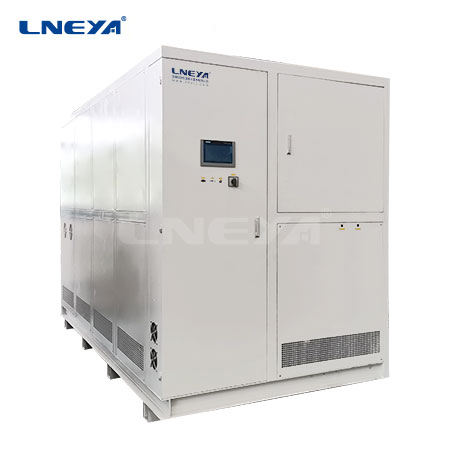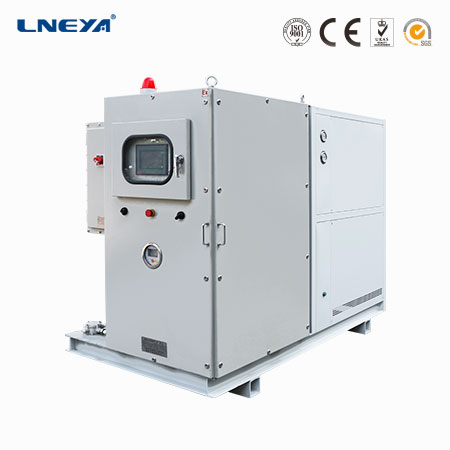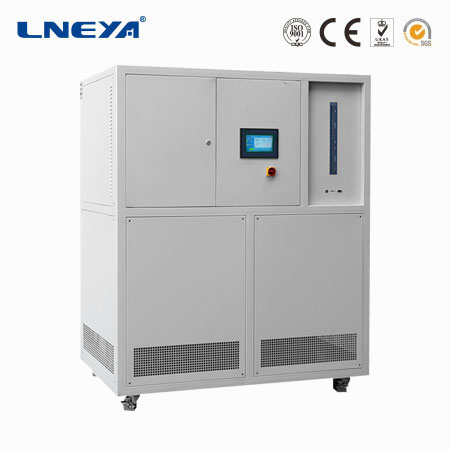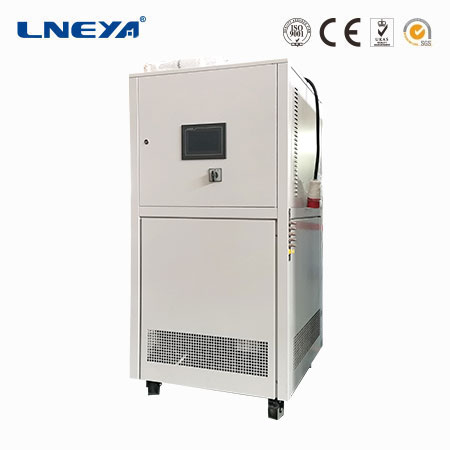Why do electrical companies need cooling system industrial chillers?
When electrical equipment is operating outdoors, it may encounter high temperature environments. For example, in direct sunlight in the summer, the temperature may be very high. If the equipment overheats, it will affect performance or even damage. At this time, the chiller can cool down and keep the equipment running stably. High-power equipment, such as transformers, inverters or generators, these equipment will generate a lot of heat during operation. If the heat cannot be dissipated in time, it may lead to performance degradation: high temperature will reduce the efficiency of electronic components (such as increased resistance and insulation aging). Shortened life: continuous high temperature accelerates equipment aging and even causes failures (such as capacitor bursting and circuit board burning). Safety hazards: overheating may ignite surrounding materials or cause equipment to short-circuit. At this time, the chiller can cool down and keep the equipment running stably. If natural heat dissipation is not enough, forced cooling is required, and chillers are the solution. If the equipment shuts down due to overheating, it may cause project interruption, affecting progress and even safety. As an active cooling system, chillers can prevent this situation and improve system reliability.
Equipment stability in high temperature environments
Photovoltaic inverter cooling: When the centralized inverter of a large photovoltaic power station is operating in a desert area, the ambient temperature can reach more than 50°C. The chiller can stabilize its internal temperature within 35°C to ensure that the conversion efficiency is not attenuated.
Offshore wind power converter: In high humidity and salt spray environments, closed chillers can not only dissipate heat, but also isolate corrosive air and extend the life of the equipment.
Industrial chillers recover waste heat through heat exchange technology to improve energy utilization efficiency. Waste heat reuse: Use the waste heat generated by the equipment for surrounding facilities (such as heating or preheating water) to reduce overall energy consumption. Variable frequency energy saving: Intelligently adjust the compressor power to match the actual cooling needs and reduce power waste.
To summarize, the roles of cooling systems in outdoor projects include temperature control, improving efficiency, protecting equipment, adapting to harsh environments, energy saving and environmental protection, flexibility, and safety.
Recommended Chillers
- MORE
LN -60°C~ -10°C
- 参数标题参数内容
适用范围 Product Features 产品参数 Product Parameter 行业应用 APPLICATION 航空航天材料|试验装置控温解决方案 在航空航天领域,材料的性能直接关系到飞行器的安全、可靠性和…
- MORE
LJ -45°C~ -10°C
- 参数标题参数内容
Fast cooling and low cooling temperature -5~-150°C Water Cooling LNEYA specializes in the production of single-fluid cryogenic chillers. The refrigeration temperature ranges from -150°C to -5°C, which can mee…
- MORE
LD -80°C~ -30°C
- 参数标题参数内容
1.Temperature ranges from -5℃ ~ -150℃, can meet different temperature2. Famous brand semi-closed piston compressor, semi-closed bipolar piston compressor, semi-hermetic screw compressor, main brand are BOCK. Bitzer, Cop…
- MORE
SLJ -110℃~-150℃
- 参数标题参数内容
1.Temperature ranges from -5℃ ~ -150℃, can meet different temperature2. Famous brand semi-closed piston compressor, semi-closed bipolar piston compressor, semi-hermetic screw compressor, main brand are BOCK. Bitzer,…
loading…
已经是到最后一篇内容了!
 LNEYA Industrial Chillers Manufacturer Supplier
LNEYA Industrial Chillers Manufacturer Supplier














